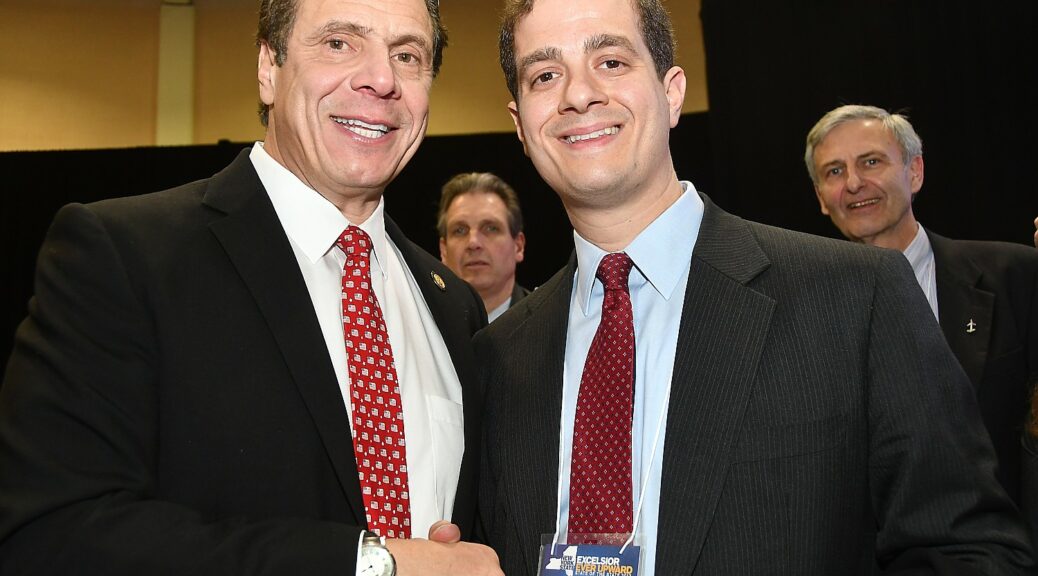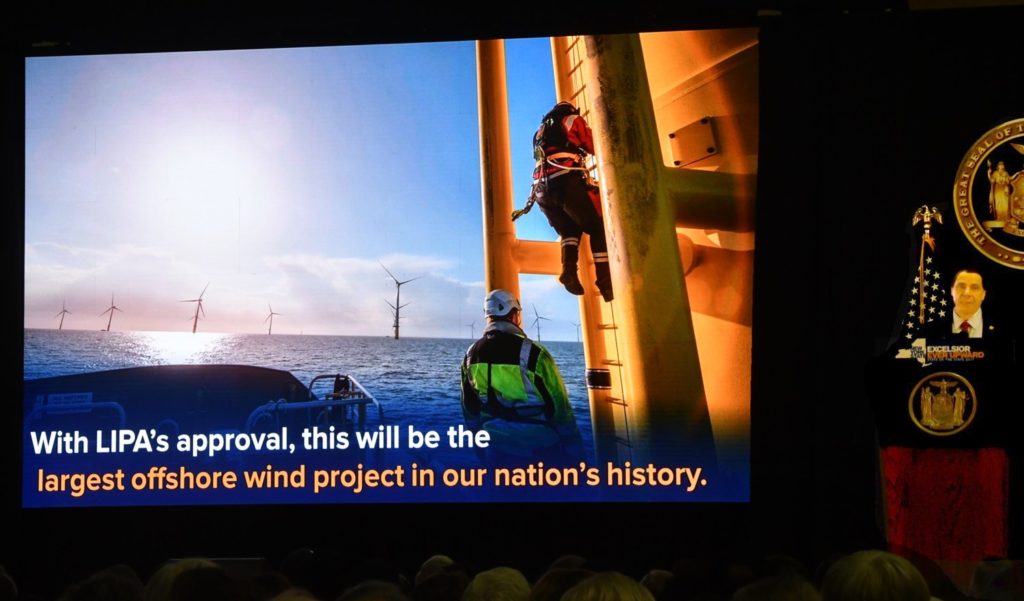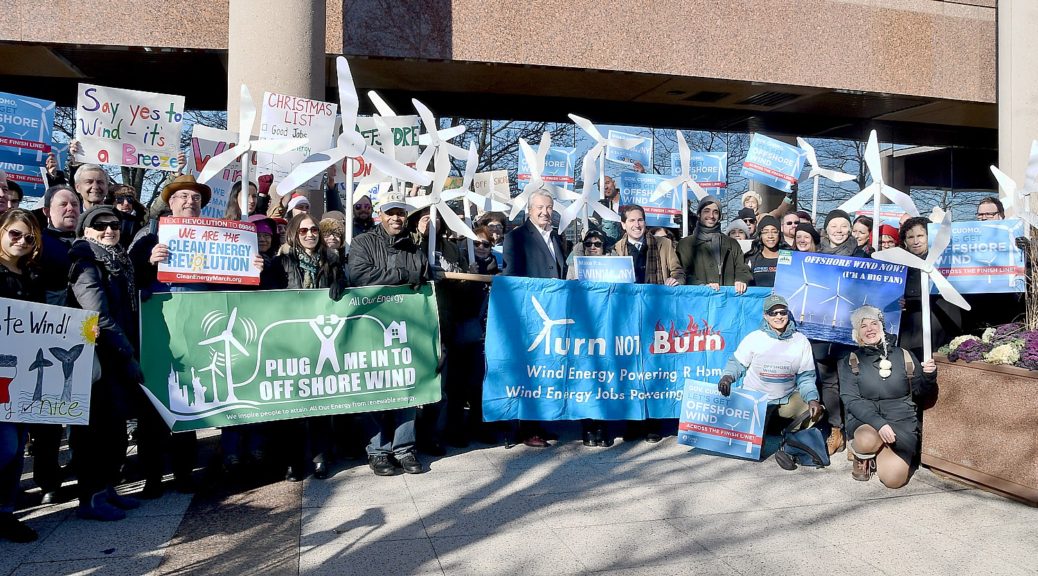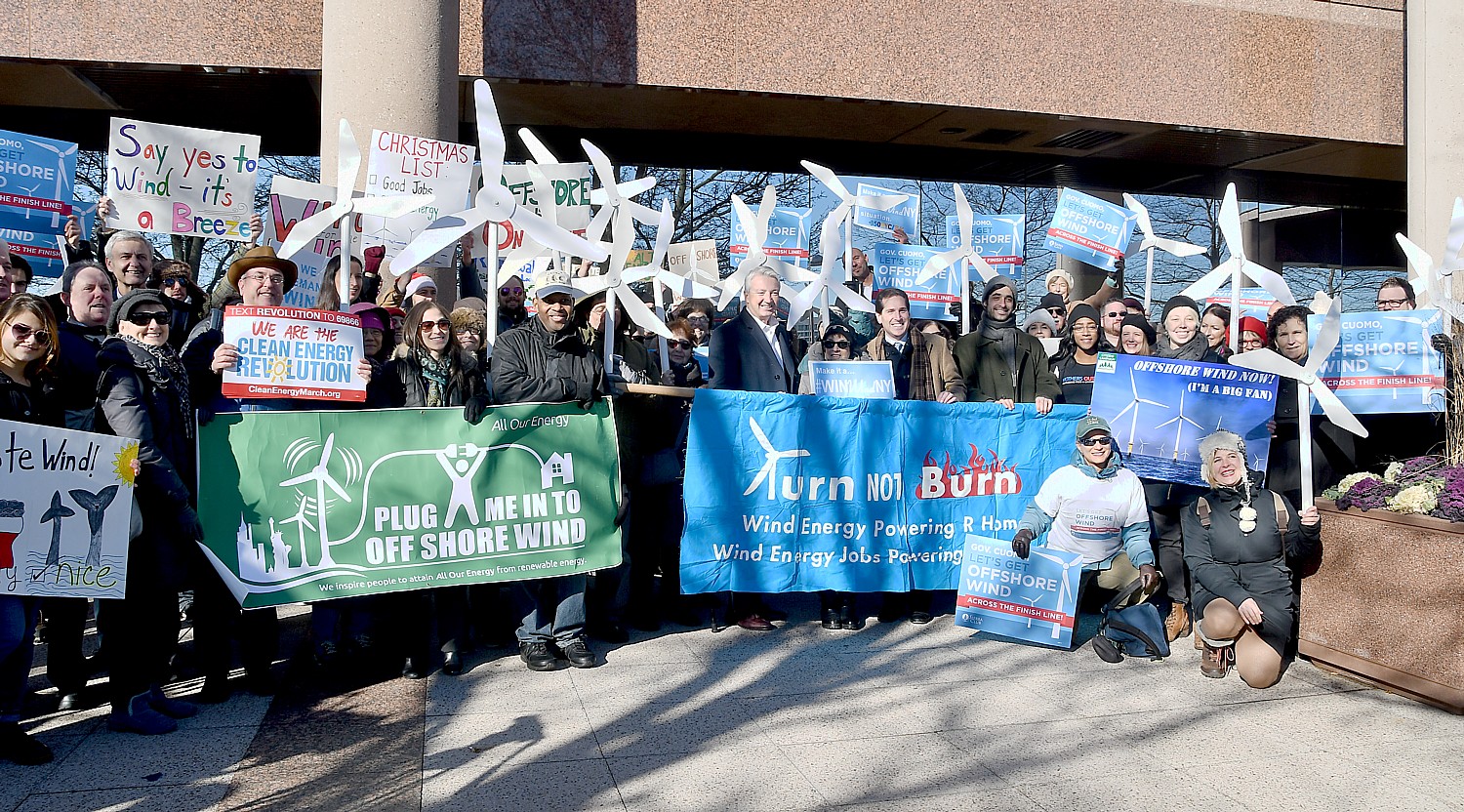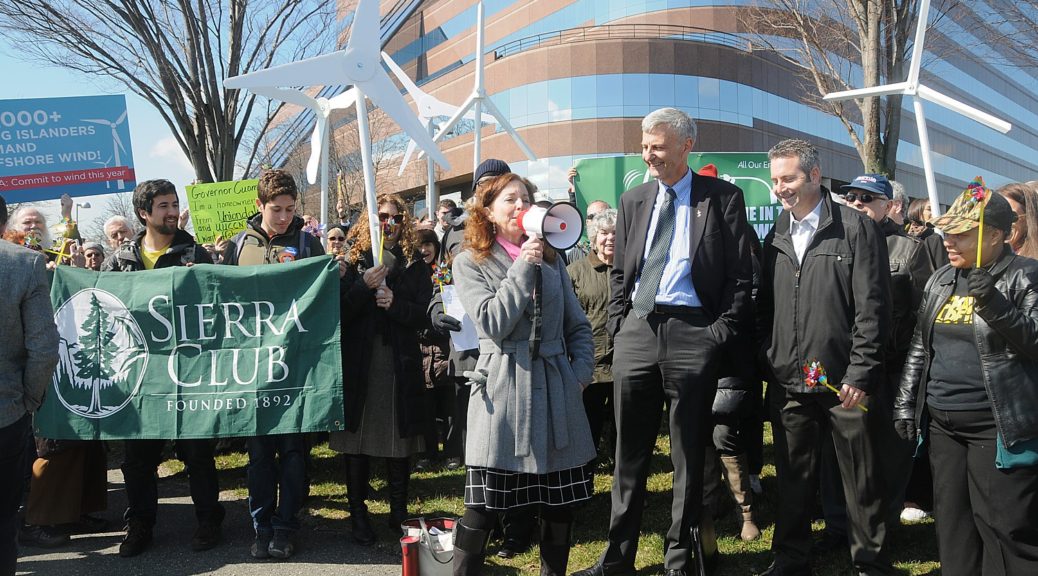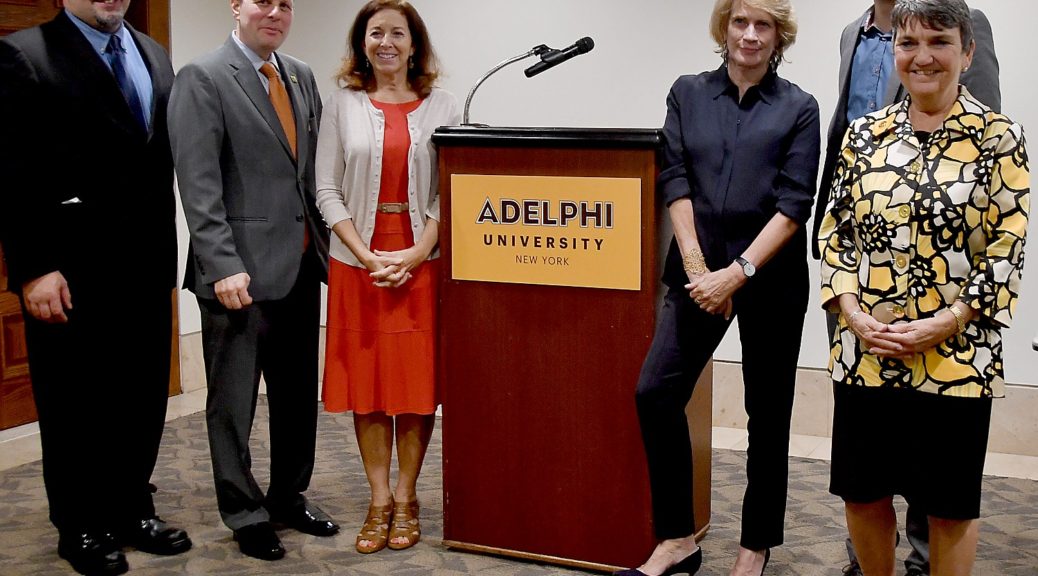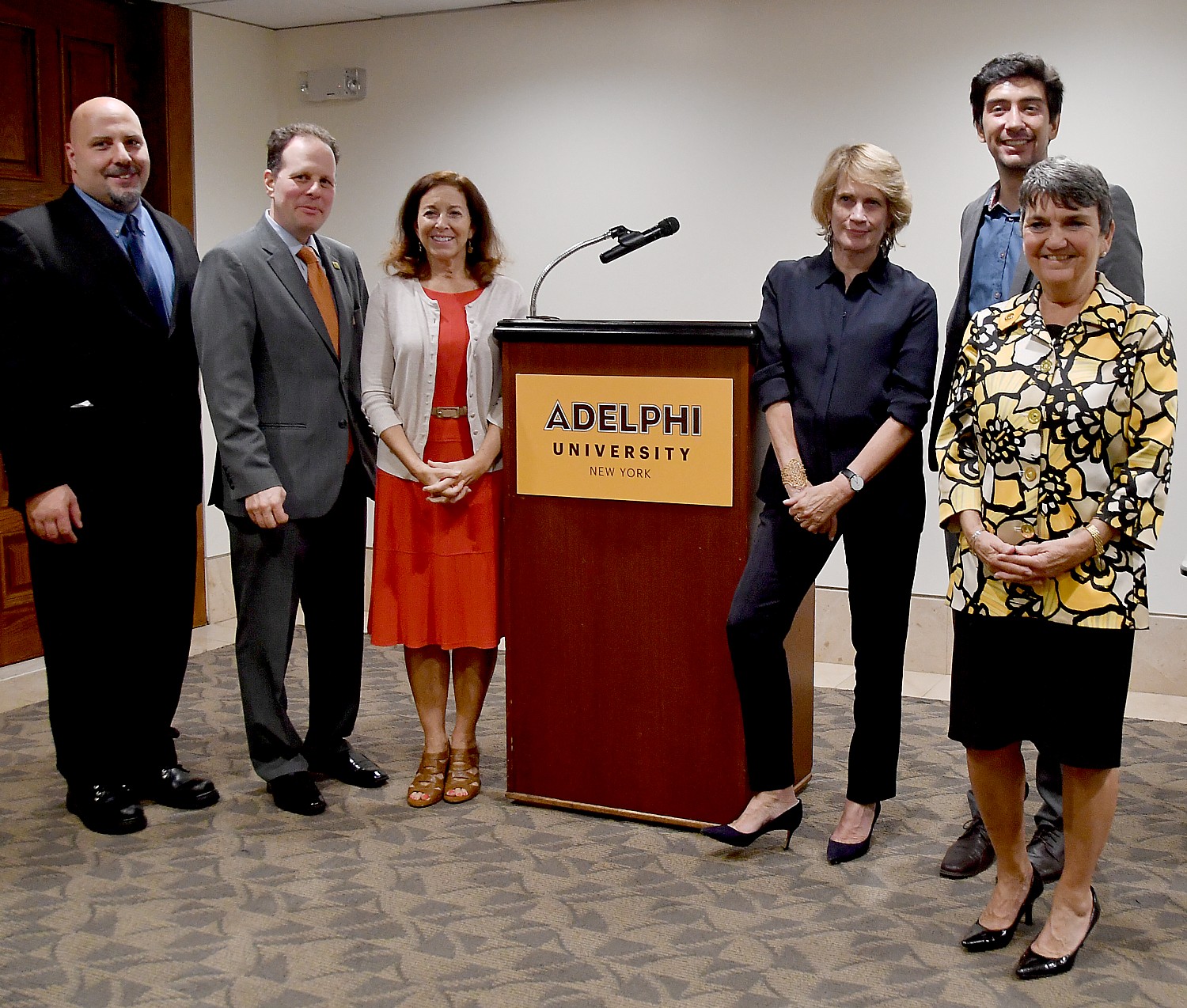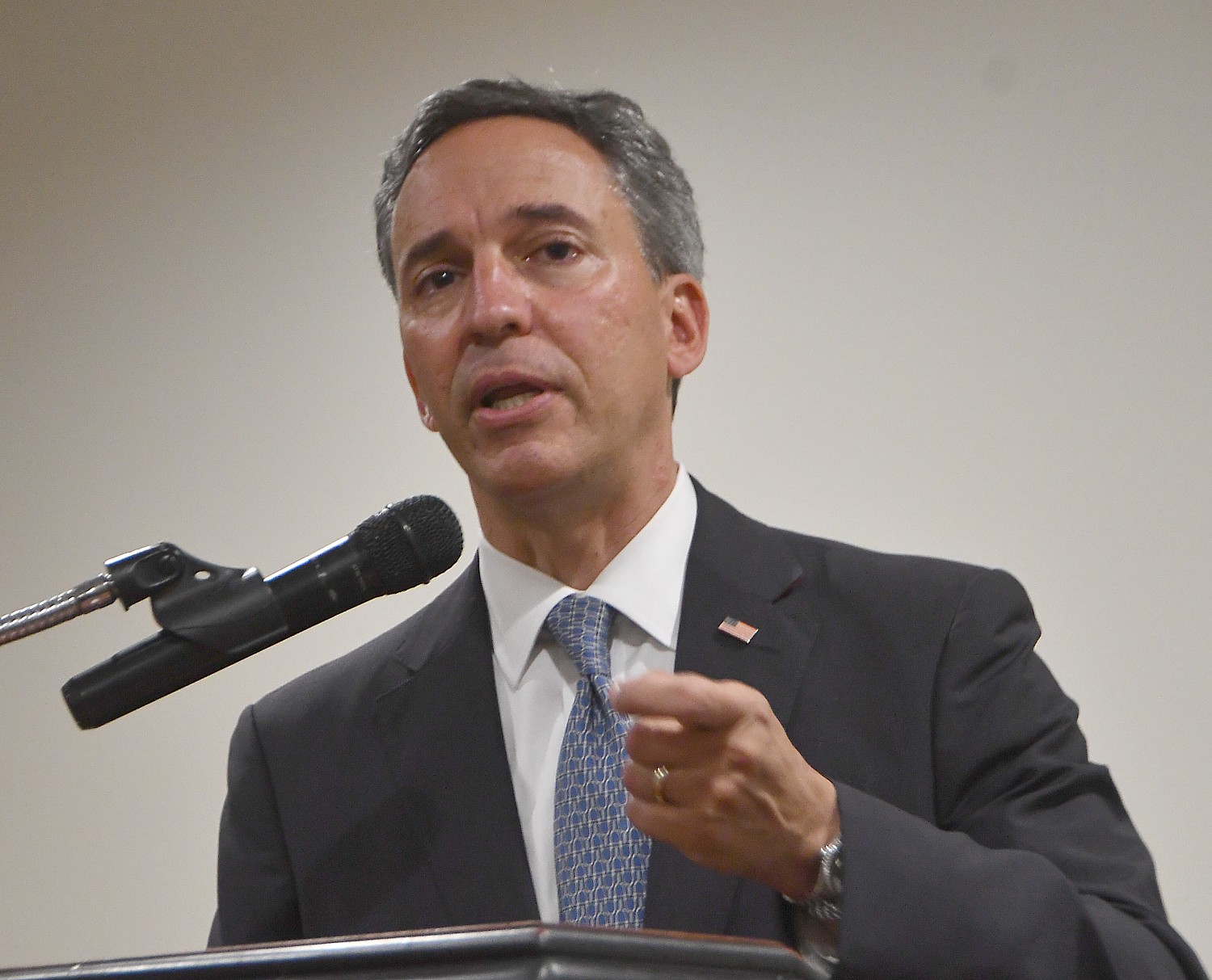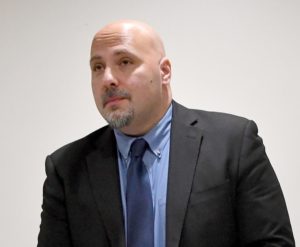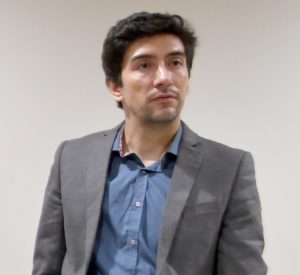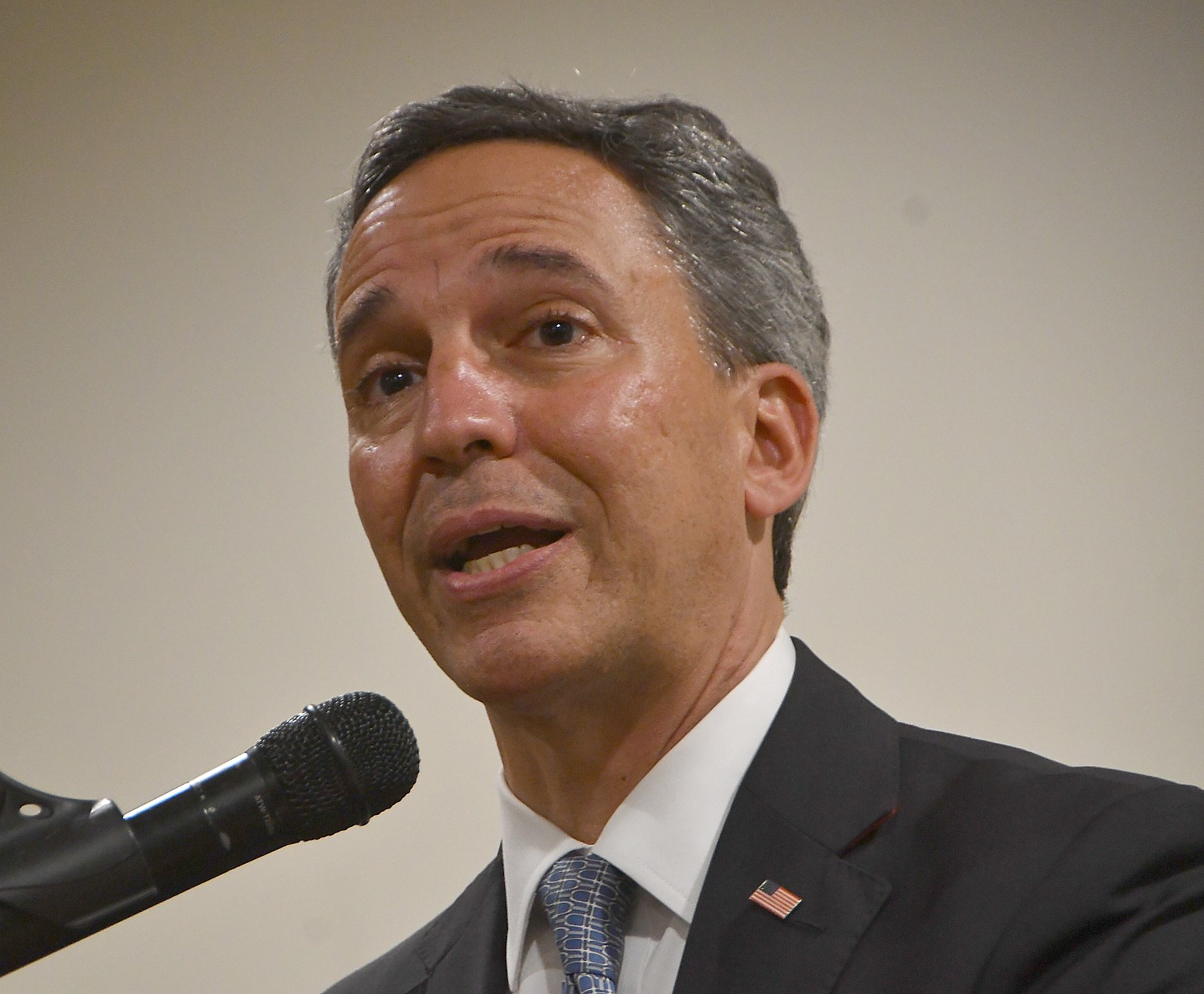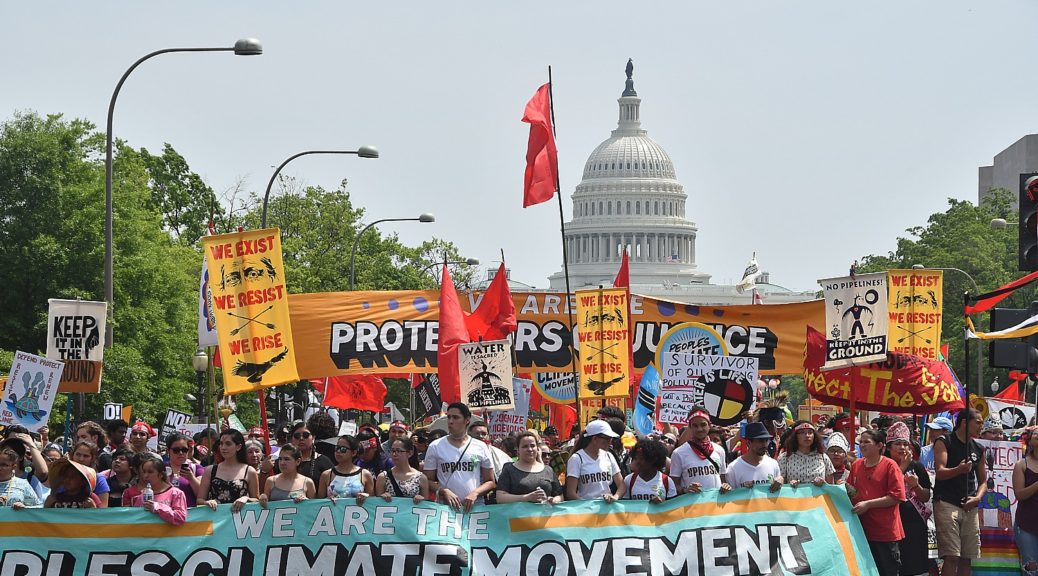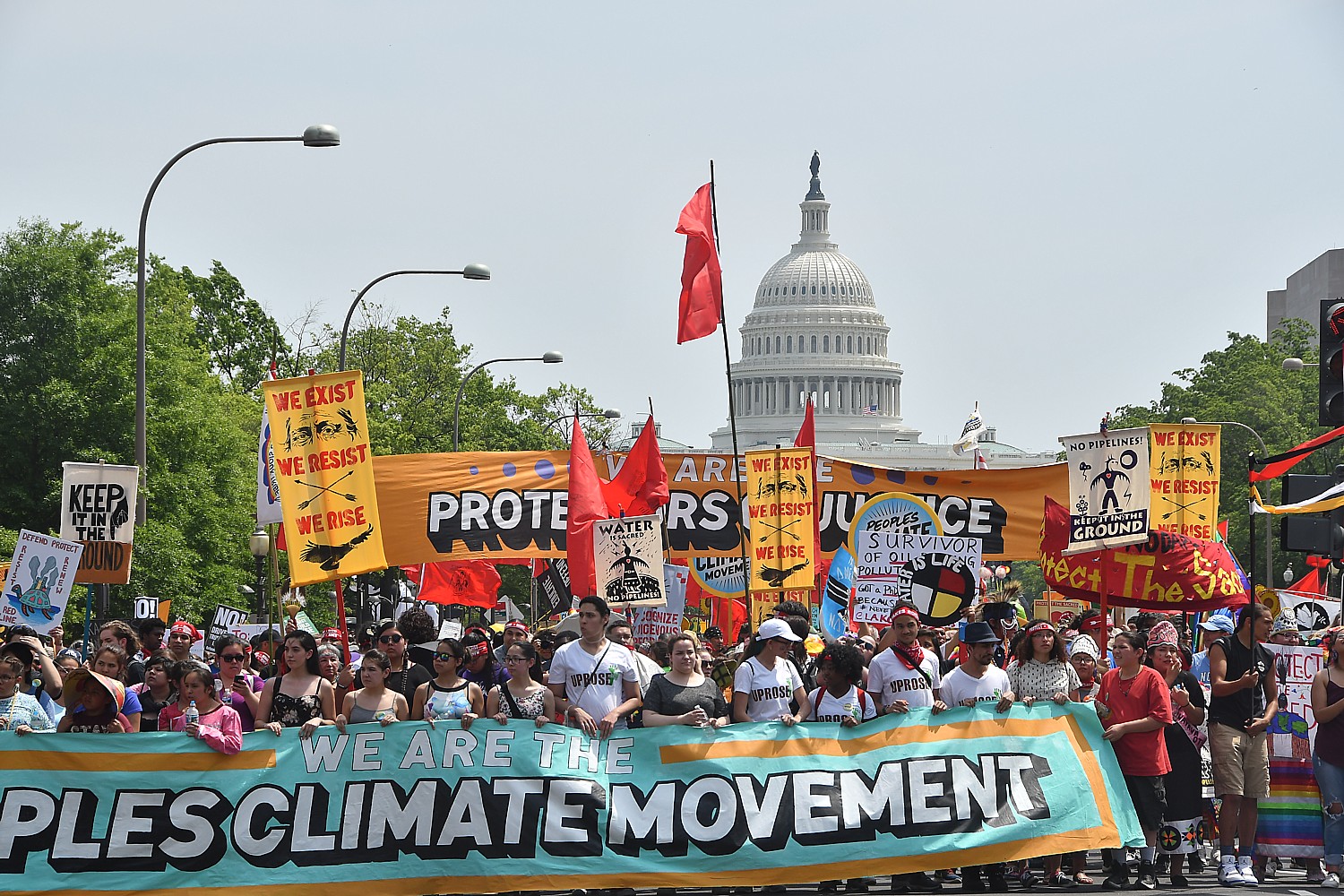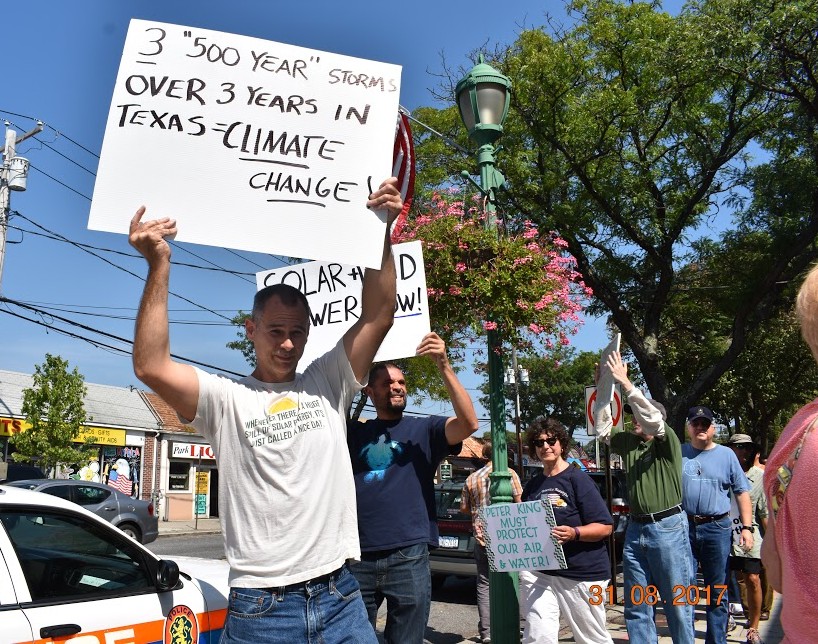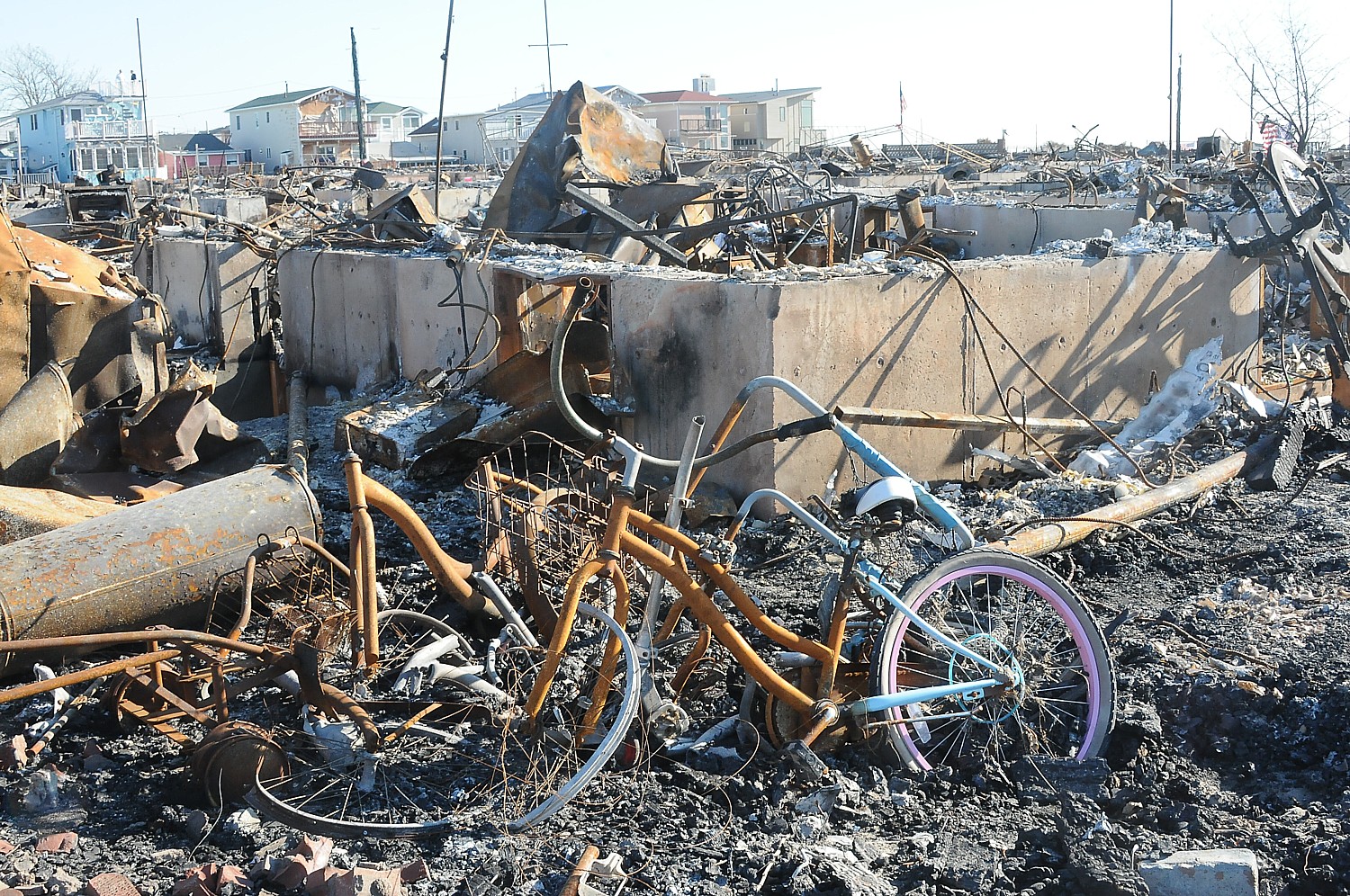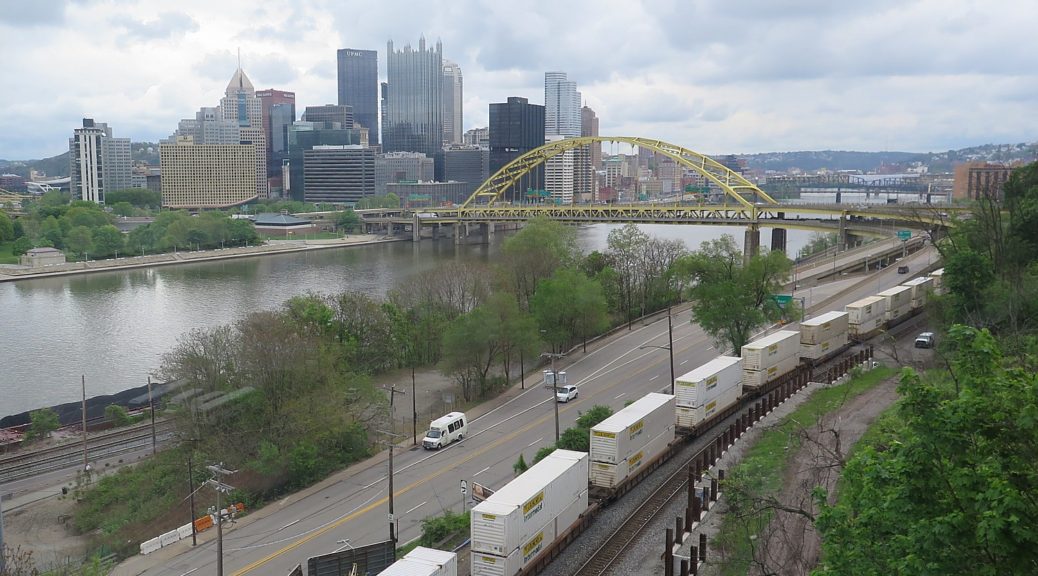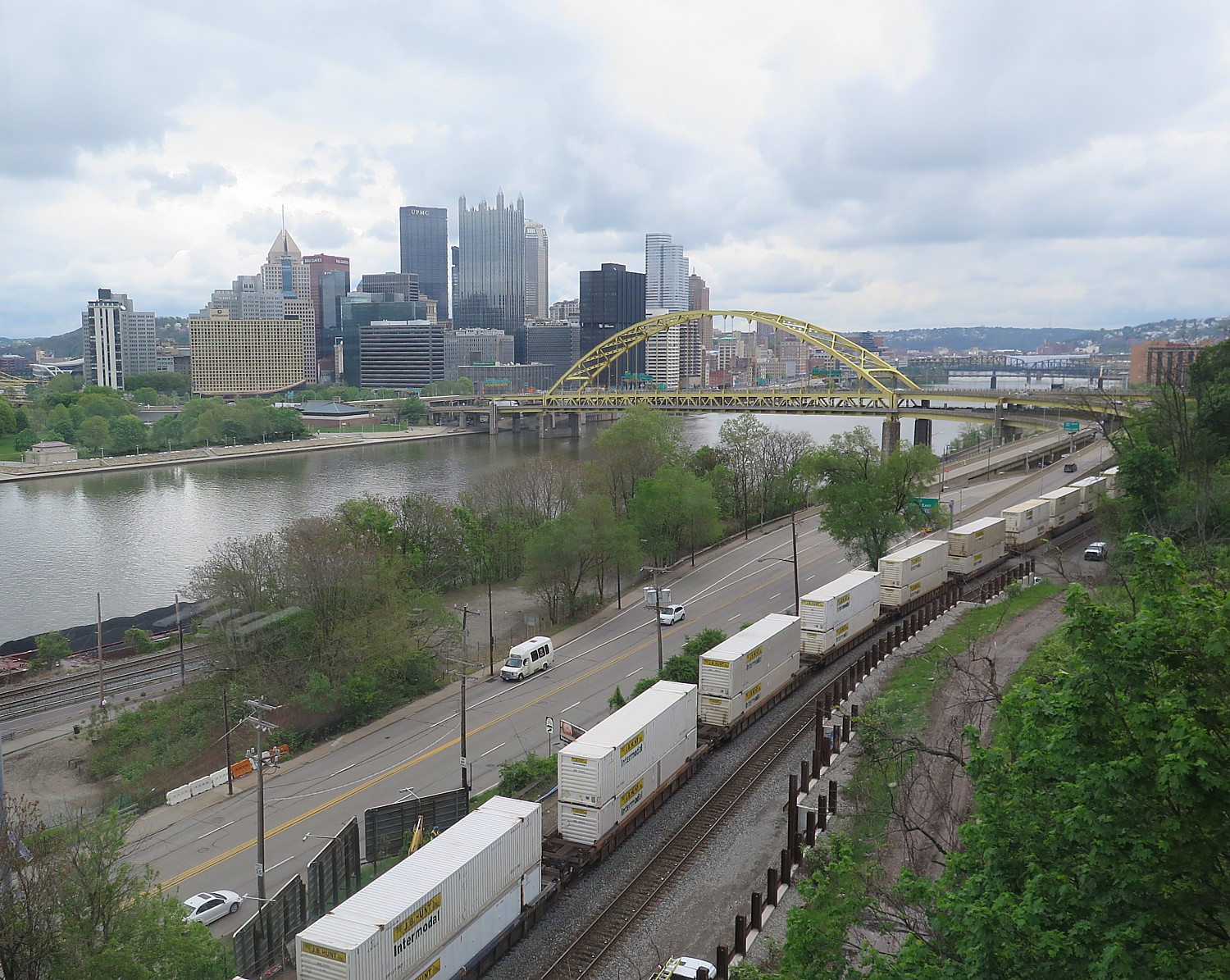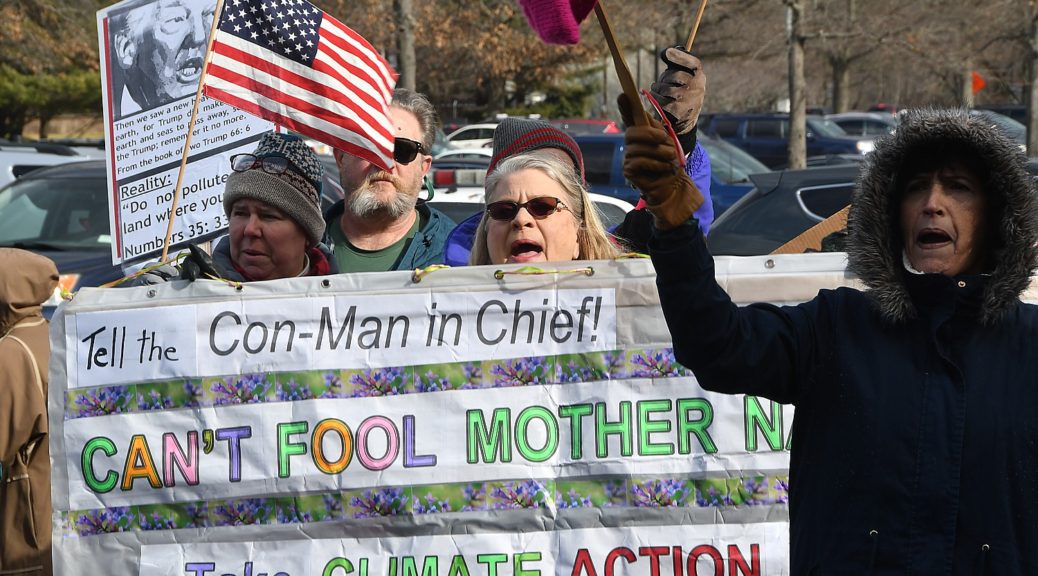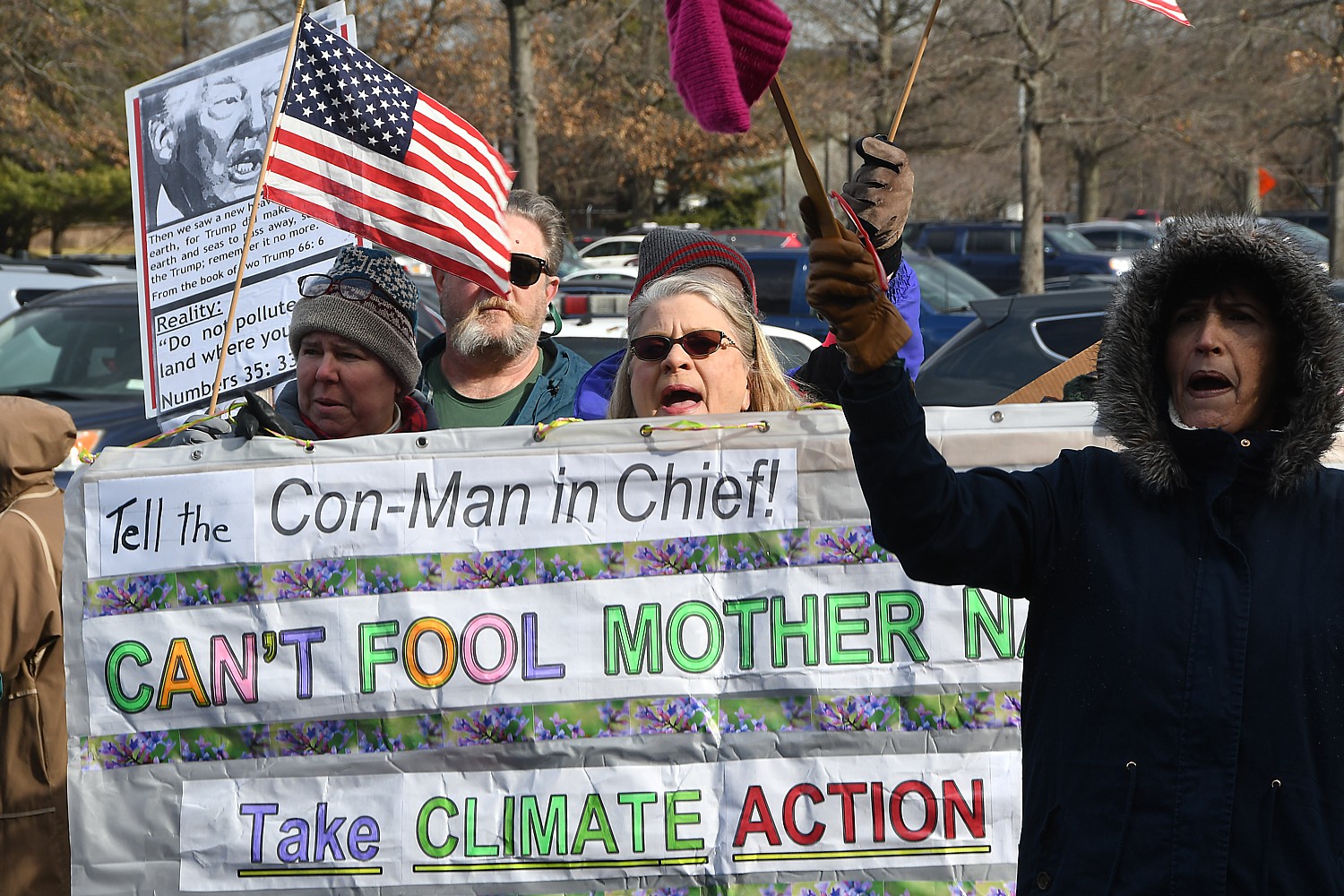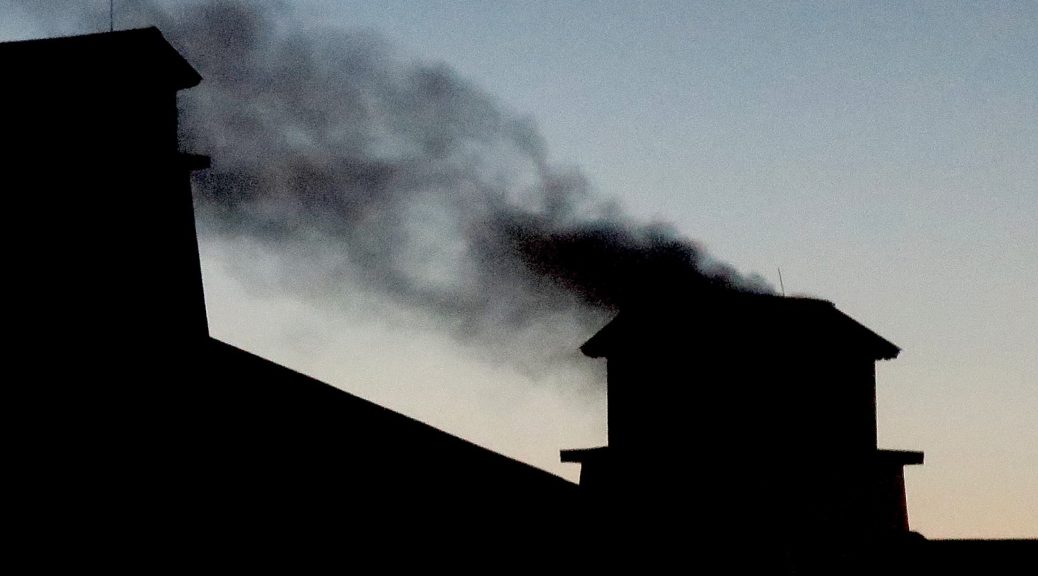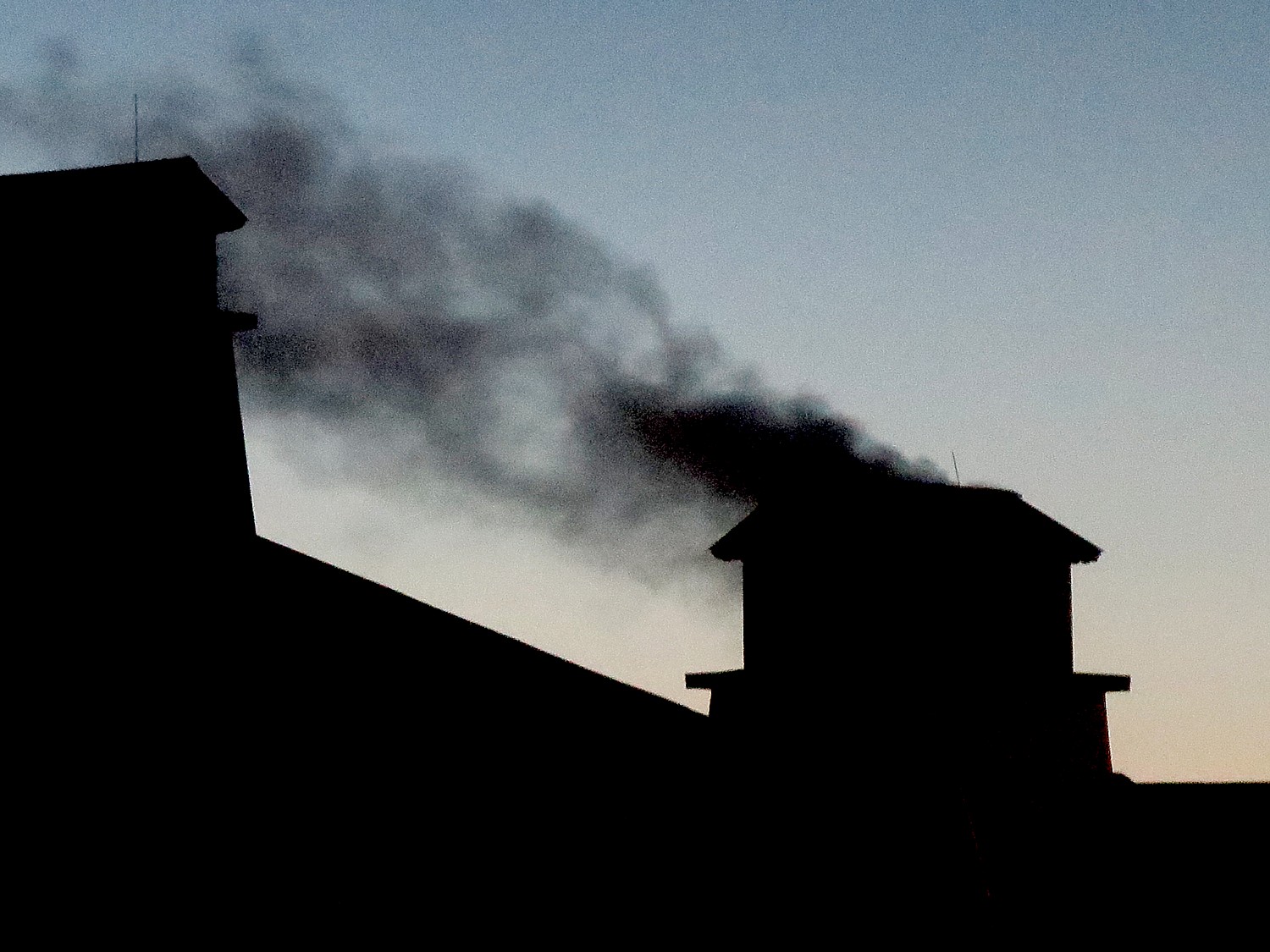
The vigorous contest of Democrats seeking the 2020 presidential nomination has produced excellent policy proposals to address major issues. With this summer posting heat records and yet another Category 5 hurricane wreaking havoc in the Caribbean and Atlantic islands and barreling down on the East Coast, US Senator Amy Klobuchar has released her plan to tackle the Climate Crisis, which is distinguished for a focus on agriculture and the Heartland, in addition to the more common focus on manufacturing, transportation and clean, renewable energy. This is from the Klobuchar campaign:
MINNEAPOLIS, MN — The climate crisis isn’t
happening in 100 years — it’s happening now. 2018 was the fourth-hottest year
on record globally and it was another near-record year for U.S. weather and
climate disasters. The dire warnings in the UN Intergovernmental Panel on Climate
Change and the National Climate Assessment make clear that immediate action is
needed. The National Climate Assessment lays out how increasing global
temperatures are harming our country’s food systems and public health by
increasing the risk of respiratory and cardiovascular disease, while
displacement and destruction caused by climate-related natural disasters
threaten our economy and national security.
Senator Klobuchar is a strong voice from the Midwest when it comes to
climate change. In the Senate, she leads the fight to combat climate change by
serving on the Senate Climate Action Taskforce, has fought for legislation to
reduce greenhouse gases, and has led a Senate resolution recognizing that
global climate change is occurring and will continue to pose ongoing risks
unless we take action. She authored legislation setting a national renewable
electricity standard and she successfully extended renewable energy production
tax credits. The first bill Senator Klobuchar ever introduced was a carbon counter
bill to establish the first national greenhouse gas registry to track emissions
by major industries.
Read Senator Klobuchar’s full plan
here.
Confronting the Climate Crisis with Urgency
We can’t wait. That’s why Senator Klobuchar is committed to taking
immediate action — without Congress — to transform our energy sector, unlock
scientific breakthroughs, hold the fossil fuel industry accountable, and
support workers and communities that are on the front lines of the climate
crisis. She will:
Use the full power of the presidency to tackle the climate crisis.
Starting on day one of her administration, Senator Klobuchar will take
aggressive executive action to confront the climate crisis. She will introduce
sweeping climate legislation in the first 100 days of her presidency, but she
also won’t wait for Congress when it comes to the full range of legal actions a
President can take to address climate change. Specifically, in the first 100
days of her administration Senator Klobuchar will:
Get the United States back in the Paris International Climate Agreement on day one. On day one of Senator Klobuchar’s presidency she will get us back into the Paris International Climate Change Agreement, and she will immediately begin working with global leaders to strengthen the agreement so that the United States maintains global leadership to address the climate crisis.
Restore the Clean Power Plan. Senator Klobuchar will bring back the Clean Power Plan, which set emissions standards for states with respect to reductions in carbon dioxide emissions. She will negotiate even stronger emissions standards that account for the progress states have already made.
Bring back the fuel-economy standards. Senator Klobuchar will restore and strengthen our fuel economy standards, which are key to making an immediate impact on the emissions of cars and light trucks. The Trump Administration has weakened the fuel-economy standards for cars and light trucks and has challenged the right of California and other states to follow more stringent standards.
Introduce sweeping legislation that will put our country on the path to 100% net zero emissions by 2050. In her first 100 days as President, Senator Klobuchar will introduce and work with Congress to pass sweeping legislation that will put our country on a path to achieving 100% net-zero emissions no later than 2050.
End the Trump Administration’s censoring of climate science. Senator Klobuchar will end Trump Administration efforts to censor climate science through actions like deleting climate-focused websites, removing the phrase “climate change” from reports, and preventing government scientists from attending conferences on climate change.
Set ambitious goals to reduce the carbon footprint of the federal government. During the first 100 days of her administration, Senator Klobuchar will aggressively work to reduce the federal government’s significant carbon footprint. As President, she will set ambitious goals to increase the efficiency of federal buildings, data centers, and vehicles, reduce water consumption, and increase the use of renewable energy.
Reinstate the National Climate Assessment Advisory Committee to immediately start addressing the climate crisis. The National Climate Assessment Advisory Committee was charged with translating the findings of the National Climate Assessment into concrete goals. During the first 100 days of her administration, Senator Klobuchar will reinstate this committee that President Trump let expire.
Hold the fossil fuel industry accountable. Senator Klobuchar is committed to standing up to the oil companies and holding the fossil fuel industry accountable. She will:
End federal fossil fuel subsidies. For too long, taxpayers have subsidized the massive profits of fossil fuel companies. Senator Klobuchar will end federal tax subsidies for fossil fuel exploration and production.
Make politicians accountable to voters, not special interests. Again and again, bold action on climate has been blocked by the power of special interests. As President, Senator Klobuchar will put people first by working to pass a constitutional amendment to overturn Citizens United and get dark money out of our politics, as well as establish a campaign finance system that increases the power of small donors through a matching system for small donations. She will investigate potential wrongdoings and hold energy companies accountable.
Expanding Renewable Energy and Transforming the Energy Sector
There is a scientific consensus that in order to avoid the worst effects of climate change we will need to achieve 100% net-zero emissions no later than 2050, which cannot be done without a wholesale transformation of the energy sector. To expand renewable energy and transform the energy sector to produce clean power, Senator Klobuchar will:
Invest in infrastructure and provide incentives for state and local governments, nonprofits, and private companies to expand clean energy production. Senator Klobuchar will support a landmark carbon pricing system that does not have a regressive impact on Americans and will help make clean energy production more cost competitive. She will also do more to accelerate the adoption of clean energy, including by subsidizing production and investment by state and local governments, nonprofits and private companies, as well as by upgrading our grid infrastructure and storage capabilities.
Provide production and investment tax credits. Senator Klobuchar will create a technology neutral tax credit to support production of or investment into clean sources of energy. She will also create a clean energy bond program so that tax-exempt entities can benefit. The credits will be phased out as overall emissions are reduced.
Upgrade energy grids and storage capacity. Our country’s electric grid needs an upgrade to account for the irregular nature of certain clean energy sources, accommodate distributed energy production, and facilitate smart metering and other innovative technologies. As President, Senator Klobuchar will create a competitive grant program and a new investment tax credit to promote investments in grid improvements and storage. She will also provide rural electric cooperatives access to technical resources and expertise to overcome the barriers to renewable energy storage and grid improvements based on a bipartisan bill she leads in the Senate.
Streamline renewable energy production on federal land. Many federal lands have significant renewable energy potential. As President, Senator Klobuchar will work to streamline the permitting process for renewable projects on federal lands while protecting sensitive ecosystems and ensuring a fair distribution of payments.
Empower municipal utilities and electric cooperatives to lead on clean energy. Senator Klobuchar knows that one size doesn’t fit all when it comes to clean energy policy. She will make sure smaller producers, including municipal utilities and electric cooperatives, have a seat at the table when decisions are made about federal energy policy. In the Senate, she authored bipartisan legislation that was signed into law that enables rural electric power cooperatives and their members to continue to use energy-efficient water heaters as part of conservation programs. This law allows cooperatives to optimize both their own energy management and the environmental benefits of water heaters.
Reduce climate pollution. A carbon price will create an economic incentive to reduce carbon pollution and there is more we can do to limit climate pollution from existing fossil fuel production.
Restore and expand the Clean Power Plan. In her first 100 days as President, Senator Klobuchar will bring back the Clean Power Plan, which set emissions standards for states with respect to reductions in carbon dioxide emissions. She will negotiate even stronger emissions standards that account for the progress states have made.
Strengthen enforcement of the Clean Air Act and other environmental laws. Under the Trump Administration, EPA enforcement efforts have fallen dramatically. As President, Senator Klobuchar will direct the EPA to vigorously enforce the Clean Air Act and other environmental laws and make sure the enforcers have the resources they need.
Reduce methane leakage from oil and gas production. Methane has as much as 84 times the warming potential of carbon dioxide. The Trump Administration has rolled back EPA and BLM rules to prevent methane leakage even though the Senate defeated an attempt to repeal the BLM methane rule on a bipartisan vote and many companies already comply with stricter state rules. As President, Senator Klobuchar will restore and strengthen the EPA and BLM methane rules.
Support research to improve negative emissions technologies. To supplement other mitigation efforts as we transition to clean energy, Senator Klobuchar will support research to improve negative emissions technologies that could be used to reduce the amount of carbon currently in the atmosphere.
Ban new fossil fuel permitting on federal lands and review and restore environmental protections repealed by the Trump Administration. To help accelerate the transition away from fossil fuels, Senator Klobuchar will ban new fossil fuel permits on federal lands. Senator Klobuchar will also undertake a comprehensive review and restore environmental protections repealed by the Trump Administration. The Trump Administration has revoked dozens of guidance documents and rules that protect people’s safety, health and the environment when it comes to our power plants, oil refineries, national parks and wildlife refuges, offshore drilling, pipelines, and oil and gas development. Senator Klobuchar will undertake a thorough review of all the repealed guidance and rules, and work to restore our environmental and safety protections.
Increasing Efficiency and Rebuilding a Green America
Confronting the climate crisis also means improving energy efficiency and rebuilding infrastructure to reduce greenhouse gas emissions and stand up to the effects of climate change. As President, Senator Klobuchar will:
Increase efficiency and move toward an electrified transportation sector. Today, transportation accounts for about 30 percent of U.S. greenhouse gas emissions. Senator Klobuchar will work to reduce emissions in the transportation sector through increasing fuel economy, supporting electrification, and promoting efficient transportation options.
Bring back the fuel-economy standards. In her first 100 days as President, Senator Klobuchar will restore and strengthen our fuel economy standards, which are key to making an immediate impact on the emissions of cars and light trucks. The Trump Administration has weakened the fuel-economy standards for cars and light trucks and has challenged the right of California and other states to follow more stringent standards.
Invest in electric vehicle infrastructure and promote electric vehicle sales. As President, Senator Klobuchar will make a significant investment in electric vehicle charging infrastructure and bring back the tax credit for electric vehicle purchases.
Strengthen transit and commuter rail networks and support low- and no-carbon alternatives. As President, Senator Klobuchar will refocus federal transportation grants to prioritize transit projects, first and last mile connections, and bicycle and pedestrian improvements. She will also develop new incentives for transit systems and school districts to replace their existing bus fleets with low- and no-carbon alternatives.
Revitalize freight and passenger rail. Railroads are an energy- and cost-effective way for producers to bring their goods to market and get people where they need to go. As President, Senator Klobuchar will encourage investment in short-line and freight rail networks. She will also address safety concerns including by mandating two-man crews, improving braking systems, and ensuring communities are prepared to respond to derailments involving hazardous cargo. In addition, she will build on her work pushing for greater competition in freight markets by providing fair treatment for captive shippers, appointing well qualified members to the Surface Transportation Board, and reviewing and addressing consolidation in the freight rail industry. She is also committed to expanding high-speed rail and Amtrak service in rural America.
Innovate in international shipping and aviation. International shipping and aviation account for a growing share of carbon emissions. As President, Senator Klobuchar will support research and strengthen international agreements to reduce emissions from sources like aviation and shipping.
Support green manufacturing and provide consumers with green options. Manufacturing processes and consumer goods can have a significant climate impact. New technologies can significantly reduce carbon pollution, but we need to make sure manufacturers have the tools to adopt these technologies.
Assist businesses transitioning to green manufacturing processes. Senator Klobuchar is committed to ensuring businesses have the resources they need to transition to green manufacturing processes. She will increase technical support through the Manufacturing Extension Partnership and regional development strategies and encourage partnerships with community colleges and research universities. She will also expand manufacturing tax credits to specifically support upgrades and investments to reduce greenhouse gas pollution for manufacturers of all sizes.
Build a market for new and existing climate-friendly products. As President, Senator Klobuchar will support a market for climate-friendly products by promoting federal procurement policies that account for low-carbon energy sources and climate conscious processes.
Create a “Buy Clean” product labeling system. Many consumers are concerned about how their purchasing decisions affect the climate. As President, Senator Klobuchar will create a “Buy Clean” product labeling system to give consumers clear information about products that are produced to minimize their climate impact.
Institute an import fee on carbon-intensive goods. We cannot allow foreign competitors to undercut U.S. manufacturers that are producing goods with climate conscious processes. That’s why as President, Senator Klobuchar will work to institute a fee on imports of carbon-intensive goods from foreign countries.
Invest in green jobs and infrastructure. Senator Klobuchar has proposed a $1 trillion infrastructure package that will modernize our aging energy infrastructure so that it is secure and efficient. This massive infrastructure investment will create good-paying union jobs and give workers the skills they need to succeed in the green economy.
Retrofit buildings to reduce their emissions. Residential and commercial buildings account for a significant share of U.S. greenhouse gas emissions. Senator Klobuchar will launch a major initiative to retrofit existing buildings to reduce their emissions through grants and tax credits that support insulation, weatherization improvements, upgrades to heating and cooling systems, and other energy saving upgrades.
Make new buildings climate friendly. As President, Senator Klobuchar will support the development of the next generation of low-emission buildings through model building energy codes and benchmarking and transparency programs that cut carbon pollution and energy bills for American families and businesses.
Promote effective zoning rules to minimize climate impacts. Some cities are beginning to update their zoning policies through initiatives like Minneapolis 2040. Senator Klobuchar will prioritize areas that have updated their zoning rules when awarding federal housing and infrastructure grants.
Expand the Land and Water Conservation Fund. Senator Klobuchar has been a strong supporter of the Land and Water Conservation Fund (LWCF), which preserves natural resources while supporting outdoor recreation through investments on our public lands. As President, Senator Klobuchar will push to permanently fund the LWCF.
Coordinate with broadband and other infrastructure priorities. In the Senate, Senator Klobuchar has been a leading proponent of “dig once” policies and other ways to reduce costs by coordinating infrastructure deployment. As President, she will direct federal agencies to maximize opportunities for coordinating climate, broadband, and other types of infrastructure deployment.
Build climate resiliency into all federal infrastructure investments. As President, Senator Klobuchar will make federal infrastructure investments resilient to both current and future climate risks and partner with states and communities to develop regionally coordinated, resilient infrastructure strategies.
Promoting Research and Unlocking New Scientific Breakthroughs for Green Technologies
At the same time as we move forward aggressively with the tools we have today, we need to invest in research that will create new opportunities to tackle the climate crisis. To unlock new scientific breakthroughs and promote research, Senator Klobuchar will:
Invest in federally sponsored research. Basic and applied research can uncover new technologies, make existing products more efficient, and reduce the costs of the tools we need to take on climate change. Senator Klobuchar will increase investment in federally sponsored research.
Expand direct federal research. As President, Senator Klobuchar will make bold investments in direct climate research at the Department of Energy, National Labs, ARPA-E and the Department of Defense.
Partner with universities and non-profits. As President, Senator Klobuchar will support a major expansion of federal grants for climate research to universities and non-profits.
Unleash the creativity of the private sector. American workers and businesses are a vital source of innovation. Senator Klobuchar believes we must include the private sector in climate research and innovation.
Strengthen tax incentives for climate research. Senator Klobuchar will strengthen existing tax credits for businesses investing in research to develop new processes, technologies and products that reduce greenhouse gas emissions and help tackle the climate crisis.
Encourage collaboration between researchers and the private sector. As President, Senator Klobuchar will make it easier for federal research grant recipients to partner with the private sector and provide set-aside grants for projects with strong commercialization potential.
Help American companies become global green leaders. As President, Senator Klobuchar will increase support for businesses looking to export green products and technologies through a new initiative across U.S. export promotion agencies.
Respect science and empower scientists. As President, Senator Klobuchar will stop the constant attacks on scientists and science. She will also direct all federal agencies to reimplement scientific integrity policies, reverse rules limiting what types of science agencies can use, and restart data collection canceled by the Trump Administration.
Mobilizing the Heartland
Senator Klobuchar is a strong voice from the Midwest when it comes to climate change. She will give rural areas the tools they need to be leaders in clean energy production, support agricultural practices that take on climate change and make sure the heartland benefits from rebuilding a green America.
Support rural clean energy production. Clean energy, including wind and solar, is a major driver of job growth in rural areas. In fact, 99 percent of operating wind capacity is located in rural areas. As part of Senator Klobuchar’s plan to tackle climate change, she will prioritize rural energy development, including expanding storage capacity and strengthening our energy grid. And as we continue to develop advanced biofuel technologies, she will strengthen the renewable fuel standard.
Invest in wind and solar and support rural energy development. As President, Senator Klobuchar will invest in interregional transmission lines and grid improvements to support the development of renewable energy. She will launch a grant program to help rural cooperatives develop energy storage and microgrid projects for renewable energy generation, transmission and storage. She will also support increased investment in small, distributed wind, solar and biogas projects.
Provide technical resources for small, rural energy producers and distributors. As President, Senator Klobuchar will push for new economic and environmental opportunities in rural America by investing in rural renewable energy development and by passing and signing into law her bipartisan Expanding Access to Sustainable Energy (EASE) Act to provide rural electric cooperatives access to technical resources and expertise to overcome the barriers to renewable energy storage and grid improvements.
Investing in and providing incentives for homegrown energy. Senator Klobuchar believes that homegrown biofuels are an important part of our rural economies, our nation’s energy security and reducing greenhouse gas emissions. In the Senate, she has been a leader when it comes to standing up to the Administration’s misuse of small refinery renewable fuel standard (RFS) waivers. She has also worked successfully in the Senate to provide financing and grant support to biobased manufacturers. As President, Senator Klobuchar will strengthen the RFS, end the overuse of secret RFS small refinery waivers, promote the use of blender pumps, pass a statute to ensure year-round E15 sales, and invest in advanced and cellulosic biofuels.
Help farmers be leaders in responding to the climate crisis. We can position American farmers to be leaders in responding to the climate crisis by increasing land conservation and expanding on new techniques that help store more carbon in topsoil on productive farmland.
Invest in conservation innovation. Senator Klobuchar will target research into soil carbon sequestration, which could improve soil health as well as reduce carbon levels in the atmosphere. She will also expand Conservation Innovation Grants to test emerging conservation approaches, including practices that increase carbon sequestration levels. And building on provisions she included in the 2018 farm bill, Senator Klobuchar will further improve agriculture data research of conservation practices to help farmers reduce risk and increase profitability.
Protect native sod and improve soil health. Senator Klobuchar pushed for a provision in the 2018 Farm Bill that closed a loophole allowing some non-insured crops to be planted four consecutive years without a reduction in crop insurance assistance for succeeding insured crops. As President, she will expand nationwide the sodsaver’s prohibition to substitute crop insurance yields on native sod that is converted to cropland. She will also expand the Soil Health and Income Protection Pilot Program to help provide farmers an alternative to cropping less productive cropland.
Expand conservation practices. Senator Klobuchar has been a champion of supporting farmer conservation efforts and promoting farming practices that reduce soil erosion and improve air and water quality, including by helping pass the 2018 Farm Bill, which included several of her priorities. As President, she will support significant new investments in conservation of working and retired lands. Senator Klobuchar will support the continued expansion of the Environmental Quality Incentives Program and increase resources for the Conservation Stewardship Program to help provide farmers the tools they need to protect and enhance natural resources on working agricultural lands. And after successfully increasing the acreage cap of the Conservation Reserve Program, Senator Klobuchar will work to attract more enrollees and ensure payment rates are fair.
Use green infrastructure investment to strengthen rural communities. There is a significant infrastructure backlog in rural America. From roads and bridges to levees and stormwater systems many rural areas face infrastructure challenges that will be difficult to address without federal investment. Upgrading rural infrastructure to meet our climate goals will also provide an opportunity to address the backlog and overcome infrastructure challenges that are holding back rural America.
Strengthen rural transportation infrastructure. Rural transportation infrastructure is at risk from the effects of climate change. As President, Senator Klobuchar will invest in the repair and improvement of rural bridges that are not part of the federal-aid highway network and invest in the Harbor Maintenance Trust Fund to improve inland waterways and ports, including funding for the Navigation and Ecosystem Restoration Program to modernize and expand outdated locks and restore ecosystems along the Mississippi.
Expand energy efficiency programs. Energy costs can be a significant burden on farms, small businesses and households in rural communities. Senator Klobuchar has long worked to see that the Rural Energy for America Program (REAP) has the resources needed to provide grants to farms and rural businesses to install energy efficient technologies, and she will continue to push for additional resources. In the Senate, she authored bipartisan legislation that was signed into law that empowers the nonprofit community to make energy-efficiency improvements to their buildings and offices.
Upgrade levees to account for more frequent and severe floods. The floods we saw throughout the Midwest this year show why we cannot wait to upgrade our levees so they can protect communities from more frequent and severe floods. Senator Klobuchar will make upgrading levees a major focus of her infrastructure investment in the heartland.
Update the rural housing stock. Much of the existing rural housing stock is outdated and in poor condition, which contributes to the rural housing crisis. Investments in weatherizing and updating homes and their heating and cooling systems will build value and help renew the rural housing stock.
Bring high-speed broadband to every household and business in America. Broadband access can reduce commuting and make business and farms more efficient. In an effort to close the rural-urban divide, Senator Klobuchar has previously announced a commitment to connect every household in America to high-speed internet by 2022. She will focus on creating accurate broadband maps to identify areas that lack adequate access, bringing high-speed internet infrastructure to areas most in need, including by expanding Rural Utility Service grants, and providing greater incentives for existing providers to upgrade their networks to cover unserved and underserved areas. She will also work to quickly implement the recommendations of the Precision Ag Connectivity Task Force to help farmers fully realize the potential of broadband in their operations.
Leaving No One Behind
Vulnerable communities are currently experiencing a disproportionate share of the effects of climate change. Senator Klobuchar is committed to leaving no one behind through investments in climate adaptation and support for frontline communities. She will also focus on fulfilling our responsibility to our communities and workers who have helped power this country.
Support communities that are most directly experiencing the effects of climate change. Traditionally marginalized communities including African Americans, Latinos, Native Americans, and disabled Americans are experiencing some of the most severe effects of climate change. Senator Klobuchar will prioritize assisting these communities as they adapt to the effects of climate change.
Make sure vulnerable communities are a key part of all decision making. We cannot continue to make decisions about climate change without directly and meaningfully involving the communities that are most affected. Senator Klobuchar will make sure traditionally marginalized communities are a key part of all decision-making processes.
Direct resources to the communities with the greatest needs. As President, Senator Klobuchar will create tax incentives and increase federal funding to communities that are most directly experiencing the effects of climate change. She will also prioritize these communities for infrastructure investments and in other federal climate change programs.
Strengthen environmental justice programs at the EPA. The Trump Administration has worked to dismantle environmental justice programs. Senator Klobuchar will invest in the EPA’s Environmental Justice Grants, Funding and Technical Assistance and Office of Civil Rights.
Invest in affordable housing that promotes climate resilience and mitigation. As President, Senator Klobuchar will ensure that all federal housing programs put strong standards in place to reduce carbon emissions and she will invest in retrofitting so that existing housing is more energy efficient.
Strengthen LIHEAP and SNAP to protect the most vulnerable Americans. To be sure that the most vulnerable Americans do not bear the costs of climate change mitigation and adaptation, Senator Klobuchar will strengthen two important programs for low-income Americans — LIHEAP, which helps with home energy costs, and SNAP, which provides nutrition assistance.
Use disaster funding to build more resilient communities. As President, Senator Klobuchar will work to end the Stafford Act prohibition that prevents disaster funding from being used for significant infrastructure improvements. She will also increase funding for FEMA’s Hazard Mitigation Grant Program.
Fulfill our responsibility to our communities and workers who have helped power this country. As the granddaughter of miner who worked 1,500 feet underground, Senator Klobuchar understands the hard work and sacrifice of those who built and powered our country. She is committed to supporting and creating new opportunities for workers and communities that have depended on the fossil fuel industry.
Promote community assistance and support workers. Senator Klobuchar will work with the public and private sector to attract new employers and maintain public services, while investing in infrastructure and educational opportunities in areas that experience job loss. As part of any carbon pricing system, she will create a significant manufacturing tax incentive to encourage investment in rural communities or communities that have faced or are about to face job losses. To make it easier for workers to find new jobs, Senator Klobuchar will create a new tax credit for companies that hire workers who had previously depended on the fossil fuel industry for employment. Workers will also be able to take advantage of Senator Klobuchar’s previously announced plan to provide tuition-free one- and two-year community college degrees and technical certifications and expand student loan forgiveness programs to workers in in-demand occupations.
Reestablish U.S. International Leadership on Climate. When it comes to global leadership on climate change, the United States has abdicated its leadership role under the Trump Administration. As President, Senator Klobuchar will reassert U.S. global leadership to confront the climate crisis.
Get the United States back in the Paris International Climate Agreement on day one. On day one of Senator Klobuchar’s presidency she will get the United States back into the Paris International Climate Change Agreement, and she will immediately begin working with global leaders to strengthen the agreement so that the United States maintains global leadership to address the climate crisis.
Build on the Paris International Climate Agreement to achieve global emissions reductions we need. Senator Klobuchar will work with international leaders to build consensus around stronger goals to limit global warming to no more than 2.7 degrees Fahrenheit. She will also recommit to controls on other greenhouse gasses through agreements like the Kigali Amendment. And she will increase U.S. support for the Green Climate Fund.
Establish meaningful enforcement of international climate goals. The United States is the second largest emitter of greenhouse gasses, but still only accounts for about 15 percent of global greenhouse gas emissions. Preventing catastrophic global warming will require meaningful enforcement mechanisms to ensure other countries also meet their emission reduction goals, which means making accountability for climate commitments a central part of our international agenda, taking on China’s efforts to promote dirty energy sources in other countries, and considering climate goals in all types of international assistance.
Protect our national security. As President Senator Klobuchar will elevate the voices of our military and security experts who have repeatedly warned that climate change will increase the risks of international conflict and humanitarian crises. She will work with our allies to support countries most affected by climate change, including addressing global food and water shortages, supporting climate resilient development, helping countries adapt to the effects of climate change, and preparing for the increased risk of natural disasters.
To pay for these critical investments, Senator Klobuchar will:
Work with Congress to put a price on carbon that does not have a regressive impact on Americans. We know that carbon pollution has significant costs, but for too long the public has been forced to bear those costs while those responsible for the pollution have paid nothing. Most economists agree that the most efficient way to promote a transition away from fossil fuels is by putting a price on carbon. As President, Senator Klobuchar will work with Congress to put a carbon pricing system in place that does not have a regressive impact on Americans.
Develop Clean Energy Bonds. As President, Senator Klobuchar will create Clean Energy Bonds that will support investment in clean energy projects. Investors would earn back their full investment as well as interest from energy savings to the government and loan repayments for clean energy projects. Estimates suggest that these clean energy bonds could raise up to $50 billion and leverage $150 billion for clean energy innovation and the creation of over 1 million jobs.
End federal fossil fuel subsidies. For too long, taxpayers have subsidized the massive profits of fossil fuel companies. Senator Klobuchar will end federal tax subsidies for fossil fuel exploration and production.
Make a series of corporate tax reforms. To pay for a green infrastructure investment worth hundreds of billions of dollars, Senator Klobuchar will make a series of corporate tax reforms including adjusting the corporate tax rate to 25%, closing loopholes that encourage U.S. companies to move jobs and operations overseas, establishing a financial risk fee on our largest banks, and increasing efforts for tax enforcement.
Increase the capital gains rate. To support and create new opportunities for workers and communities that have depended on the fossil fuel industry, Senator Klobuchar will raise the capital gains rate for Americans who make over $200,000.
Close the trust fund loophole. To support updating our buildings and providing consumers support through programs like LIHEAP and rebates, Senator Klobuchar will close the trust fund loophole.


